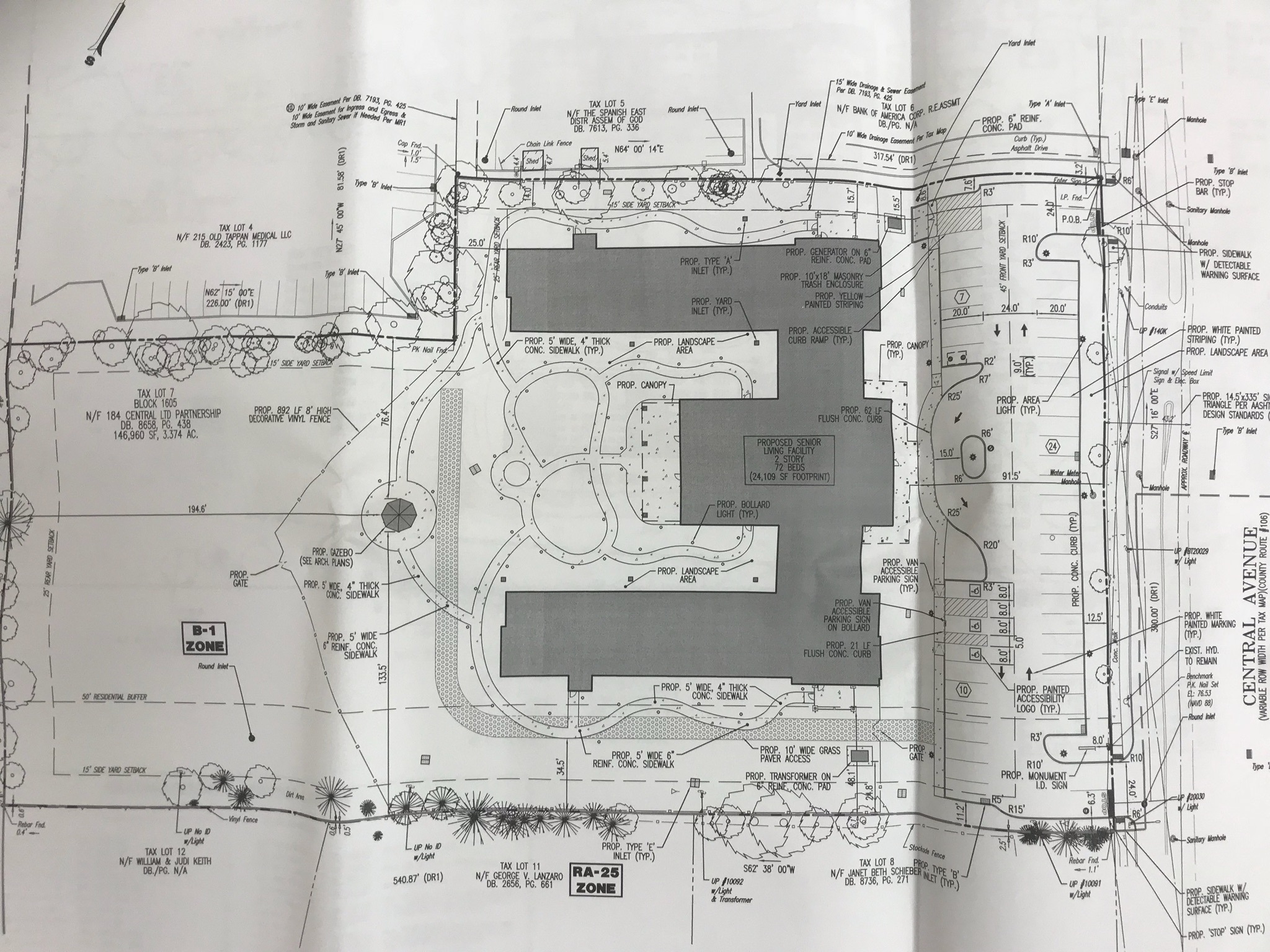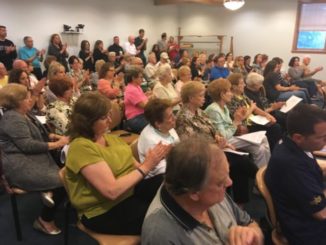
ALPINE, N.J.—A developer suing the borough of Alpine to rezone three lots of the former Frick Estate to build multifamily housing—including affordable units—was denied in his efforts to intervene in Alpine’s affordable housing litigation by a Superior Court judge decision on Feb. 14.
Resident Richard Kurtz, of Kamson Corp., who purchased the 60-acre Frick Estate for $58 million in 2006, charged the borough with failing to evaluate three lots in 2000 when it created its Housing Element and Fair Share Plan.
The three lots encompass 19 acres and include property at 858 Closter Dock Road, 1 Appletree Lane and 14 Frick Drive.
However, in his decision, Superior Court Judge Richard L. Polifroni emphatically denied Kamson Corp.’s motion to intervene in Alpine’s affordable settlement, and criticized the developer for trying to “manipulate this litigation” by requesting a recusal of a former judge and resubmitting the civil case for reconsideration by another judge due to a prior unfavorable decision.
“This motion was Mr. Kurtz’s latest attempt to build a high-density project in Alpine and once again he was denied by a Superior Court judge,” said Mayor Paul Tomasko, reached Feb. 20.
Tomasko noted a Superior Court judge denied Kurtz’s original motion to intervene in December, then he lost a subsequent appeal, and now “a third lawsuit” trying to intervene in the ongoing settlement negotiations.
Alpine has been negotiating with Fair Share Housing Center since July 2015 to settle on “third round” affordable housing obligations. That covers the 2015-2025 period.
Those negotiations are ongoing, said Tomasko Feb. 21, noting the borough has operated in “good faith” in its negotiations with Fair Share Housing Center, an intervenor representing low-income residents’ interests statewide.
He said the borough currently retains immunity to “builder’s remedy” lawsuits.
‘Cynical and inappropriate’
“It is noteworthy that upon filing the new lawsuit, plaintiff decided to hire as ‘co-counsel,’ a separate firm who, notably, was the prior employer of the motion judge who denied the attempt at intervention. The legal strategy on the part of plaintiffs is rejected as cynical and inappropriate. The court rejects plaintiffs’ blatant attempt at judge shopping. The motion is denied,” wrote Polifroni in his four-page decision.
Kurtz had claimed that the borough did not include those properties in its “vacant land analysis,” and if it had, its affordable housing obligation would have increased.
In its response, borough officials contend the town had already met its affordable obligations of 32 units as required in its settlement.
These were satisfied via an agreement with Fairview for 16 units, and an 8 unit rental complex in town that includes 8 extra housing credits due to it being rental units.
‘Frick’ lots not available
In its legal response, Alpine contends that Kurtz “cannot feasibly make a good faith showing that the property in question was available for development and that the factual considerations that were reviewed are even remotely similar two decades on.”
Borough officials also said they were not aware of any portion of the Frick Estate being eligible for development in 2000, when a Frick relative was living on the property.
Tomasko said the lawsuit was another attempt by Kurtz to get rezoning for a high-density housing project.
Only a month before the judge’s decision, Kurtz publicly criticized Tomasko for high property taxes that he claimed have hampered the sale of a $33 million luxury estate—built on the former Frick Estate—called Stone Mansion, and on the market for a decade.
In response, Tomasko blamed Kurtz for building the mega-mansion following an economic downturn and noted Alpine has the lowest tax rate per assessed value in Bergen County.
Kurtz’s lawsuit notes if the lots were rezoned for multifamily housing, he could help Alpine satisfy an earlier obligation for 108 affordable units, but does not explain further.
Tomasko said that number was from the second round of affordable housing obligations and is no longer valid.
Kurtz had requested Alpine amend its zoning ordinance, and recalculate how much affordable housing needs to be built on each of the three lots that he had proposed for multifamily housing.
The judge’s denial ends Kurtz’s recent effort to intervene in the affordable plan, unless Kurtz decides to appeal.
Efforts to reach Kurtz were not returned by press time.
Affordable housing future
Current affordable housing settlements are valid through July 2025 and whether affordable obligations continue to be mediated by Superior Courts after that is not yet known.
The future of statewide affordable housing obligations will likely be debated and modified by legislative efforts over upcoming years.
In 2015, the state Supreme Court ordered Superior Courts to take over determining local obligations following nearly 16 years of legal challenges and inaction by the Council on Affordable Housing to issue “third round” statewide affordable obligations.
Since the original Mount Laurel court decision in 1975, followed by a second “Mount Laurel II” court decision in 1983 that called on municipalities statewide to provide zoning to create opportunities for their “fair share” of affordable housing, affordable housing has roiled local officials and remained politically unpopular and contentious statewide.
In 1985, the state Legislature passed the Fair Housing Act to help municipalities to meet affordable housing obligations.
That law created the Council on Affordable Housing, which operated for 30 years until declared “defunct” in 2015 by New Jersey’s Supreme Court, which authorized Superior Courts to take over affordable housing negotiations and required towns to file “declaratory judgments” to be part of the legal process.
Only two municipalities have gone to trial to oppose affordable housing obligations in New Jersey: South Brunswick and Englewood Cliffs.
Englewood Cliffs is appealing a recent Superior Court decision against the borough requiring it to provide 347 affordable units.



